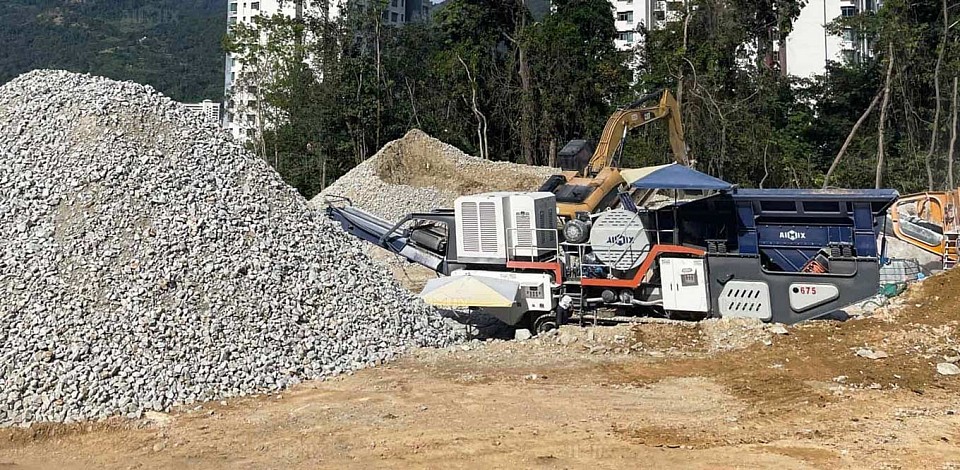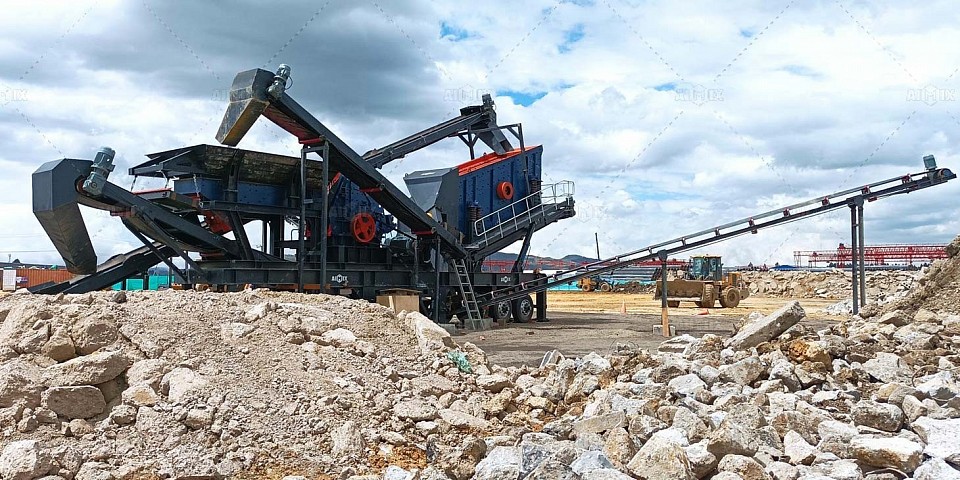From Brand to Capacity: What Makes One Concrete Crusher More Expensive Than Another?
Concrete crushers vary significantly in price, often leaving buyers wondering what justifies the cost disparity between models. While all crushers serve the same fundamental purpose—reducing large aggregates into usable material—the differences in their engineering, performance, and brand positioning create a wide spectrum of pricing. Understanding these distinctions helps buyers make informed decisions, balancing budget constraints with operational needs.
Engineering & Build Quality
The foundation of any concrete crusher lies in its material composition and structural integrity. Premium models utilize reinforced alloy steel or wear-resistant manganese to withstand extreme pressure and prolonged use. These materials not only extend the machine’s lifespan but also enhance its ability to handle high-impact crushing without premature wear. In contrast, lower-priced crushers may incorporate standard-grade steel, leading to faster degradation and higher maintenance requirements.
Equally important is manufacturing precision and technological integration. High-end track crushersroup.com/stone-crusher-plants/track/ are assembled with advanced CNC machining, ensuring minimal tolerances and impeccable alignment of moving parts. Features like hydraulic adjustment systems, overload protection, and real-time monitoring elevate both durability and user control. On the other hand, budget-friendly alternatives might rely on older manufacturing techniques, leading to minor inconsistencies that can affect performance over time.
Performance & Capacity Differences
At the heart of pricing disparities lies a crusher’s crushing power, throughput, and adaptability. Machines with higher crushing capacities—measured in tons per hour—command a premium due to their ability to process larger volumes efficiently. Some models come with variable-speed settings and interchangeable crushing chambers, allowing operators to tailor output sizes based on project demands. Entry-level crushers, while functional, often lack such versatility, limiting their applications to specific material types.
Another crucial factor is efficiency, fuel consumption, and automation. Advanced crushers integrate intelligent systems that optimize power usage, reducing operational costs over time. Fuel-efficient engines, energy-recovery mechanisms, and automated feeding controls contribute to seamless operations with minimal human intervention. Conversely, cheaper models may consume more fuel, require frequent manual adjustments, and struggle with consistent output, leading to increased downtime and labor expenses.
Brand Value & After-Sales Support
A crusher’s price tag isn’t just about its components; reputation, innovation, and market influence also play a significant role. Established brands with a track record of reliability command higher concrete crusher machine price, as they invest in continuous research and development. Cutting-edge features, superior engineering, and exclusive patents often distinguish premium manufacturers from lesser-known competitors. In contrast, lesser brands may offer attractive initial savings but lack the credibility that comes with extensive field testing and industry feedback.
Beyond initial costs, warranty, service availability, and long-term operational costs dictate a crusher’s real value. High-end brands typically offer extended warranties, ensuring peace of mind against unexpected failures. Their widespread service networks guarantee access to replacement parts and technical assistance, minimizing downtime. Conversely, low-cost crushers may come with limited support, making maintenance challenging and leading to higher expenses over the machine’s lifecycle.
The price of a concrete crusher is a reflection of its engineering, performance capabilities, and brand reputation. While cost-effective models might suffice for smaller projects, investing in a premium machine often pays off in reliability, efficiency, and long-term savings. Buyers must evaluate their specific needs, considering not just the upfront cost but also the hidden expenses tied to maintenance, fuel, and operational efficiency.


